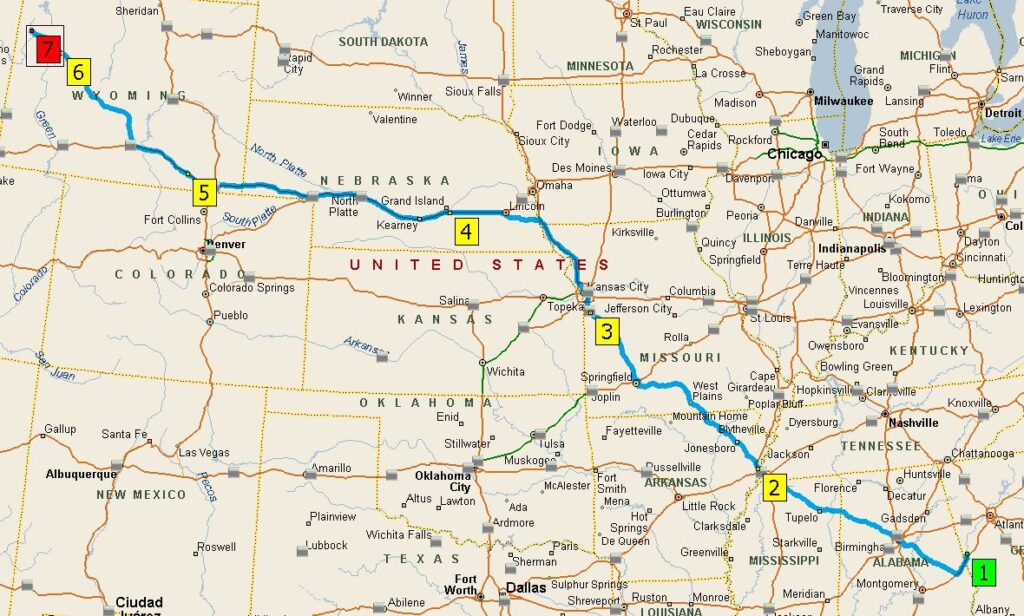RV travel has a lot to commend it: beautiful locales, a slower and more relaxed pace of travel, destinations that would be difficult without mobile accommodations, and, in a time of pandemic, the previously mentioned advantage of being able to see the country while essentially self-isolated. But there’s another side to RV travel, a darker, less romantic, and decidedly less enjoyable aspect. Perhaps the best way to put it is to paraphrase the oft-heard warning to those thinking of cruising the oceans: if you don’t like tinkering with things, facing a constant stream of maintenance, dealing with a never-ending series of breakdowns and repairs, and being able to keep an even keel when faced with being stranded, don’t even think about RV travel.
What brought on this moment of sudden realism? For the second time since we’ve owned this RV, we found ourselves locked out. The insidious little cause of this latest bit of frustration is a poorly designed and/or stupidly manufactured door mechanism on most RVs. It turns out there’s a little plastic part that connects the door handle to the latch bolt that engages the strike plate. And as you’d expect from a cheap plastic part, certainly made in China by virus-spreading worker bees whose mission in life is to weaponize RV parts in order to foment rebellion in the West, the little stupid connecting part breaks with some regularity. Really. Any Google search on the web will turn up thousands of accounts of people finding themselves locked in or out of their RVs with no way to retract the latch bolt and thereby get to the other side of the door.
Fortunately, having been through this once before, we at least understood the concept for a temporary fix. I was able to climb in through the driver’s side window (don’t even try to picture a seventy-year-old, corpulent, crinky old man trying to contort himself enough to make it though an opening 18-inches square). Once inside, I was able to remove the interior molding to get access to the latch bolt. Being unable to force it to retract last night, we decided to have dinner and sleep on it overnight, which necessitated Wendy doing a similarly ungraceful entry to the motorhome. Then, last night, as my over-energized, sleep-depriving brain ran through an infinity of possible jury-rigging options, another idea came to me. We got up this morning, implemented my overnight epiphany, retracted the latch bolt, and opened the door.
We’ll be fine for the rest of the trip. We’ve removed the latch bolt, so there’s no need to worry about having to retract it using the now useless door handle, and we can use the deadbolt to secure the door, both inside and outside the RV. Once we get back to Atlanta, I’ll replace the door handle, reinstall the molding, and wait in dread for the next door handle failure, which is certain to occur too soon. Or maybe it will be something else. It will certainly be something. Such is the nature of RV travel.
But now, off to Grand Teton National Park, and in the grand scheme of things, who cares about door handles?

